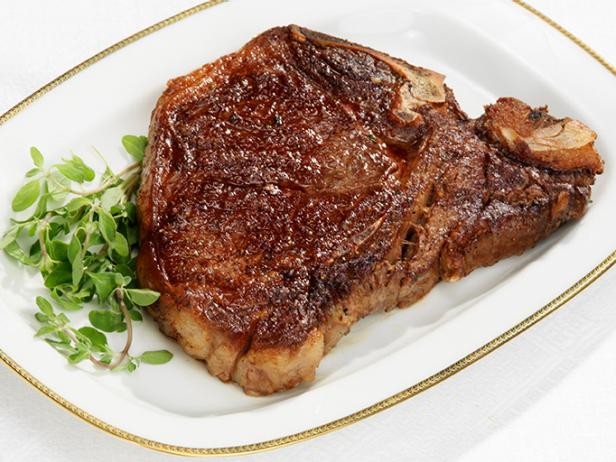
OK, so long time readers will know that I’m a big fan of steaks. Too much of a fan, really. So an article behind the paywall of the Wall Street Journal caught my eye, it was called “From Grass-fed to Lab-grown: How Meat is Evolving.” I posted the link, but you’ll have to pay to read the full story.
However, I can give a summary.
First, let me say that this is pretty exciting for me for a number of reasons. Number one, it feels so science-fictiony. Instead of slaughtering animals, we harvest a muscle culture and expand it in the lab using petri dishes. No dead animals, same result. You can have your steak and eat it too.
Number Two. Did I mention no dead animals? It bears repeating. I grew up on a farm, slaughter was a part of life. I’m not sure how many chickens, rabbits, cows, pigs, etc. that I have killed or witnessed dying, but it was a lot. Well, I’ve grown sick of killing. If I can source meat without it, I will, even if I have to pay a premium.
Number Three. Lab grown meat conserves land and resources. I believe the old rule of thumb for cattle was one acre of graze per head. Imagine how many acres would be freed up for other agricultural uses if we’re not raising beef. The world has a lot of hungry mouths to feed- an untold number of acres could be freed up for grain production etc. if we convert a fraction of our meat intake to lab-grown sources.
The article has an accompanying video in which a man takes a taste test at both a lab in the US (chicken nuggets), and a credit-card sized piece of steak in Israel. Both passed muster. The amazing part was the steak- apparently its a lot easier to produce a ground-meat style product than one chunk of muscle mass. Has something to do with how stem cells are manipulated during the production process.
It seems that lab-grown meat is still in its infancy, and some of the chief hurdles to introducing it are regulatory. Of course. I can imagine how this will be fought. It doesn’t take a lot of imagination to see all the competing interests that will come to play in this field, both environmental and agricultural.
Personally, I think that the best approach would be for consumers to have a choice. Meat harvested from traditional sources, and lab-based alternatives. If even a fraction of our meat is sourced from a lab, it will mean enormous resource savings over the long term.
After all, if it looks, smells, tastes and cooks up like meat, then it is meat. Of course, it may be that lab-grown meat is not allowed to be called “meat,” and there’s a law in Missouri to that effect. I can see the day when a fast-food chain has two tiers of hamburgers- a cheap lab-grown burger, and expensive grass-fed beef. There are a lot of possibilities here.
I will be following this closely, and I’m curious if I’ll see these meat products on grocery shelves at some time in the near future.
As long as they don’t call it Soylent Green.
In Vietnam a few years ago I had the best pork i had ever tasted. It was in a vegetarian restaurant. It was textured vegetable protein, which is pretty common apparently. So if non meat can taste that good and be better for me and better for the planet, i am 100% in.
LikeLike
Agreed. This cultured meat thing shows a lot of promise. Sooner or later it’ll be on a grocery shelf, and I’ll buy it.
LikeLike